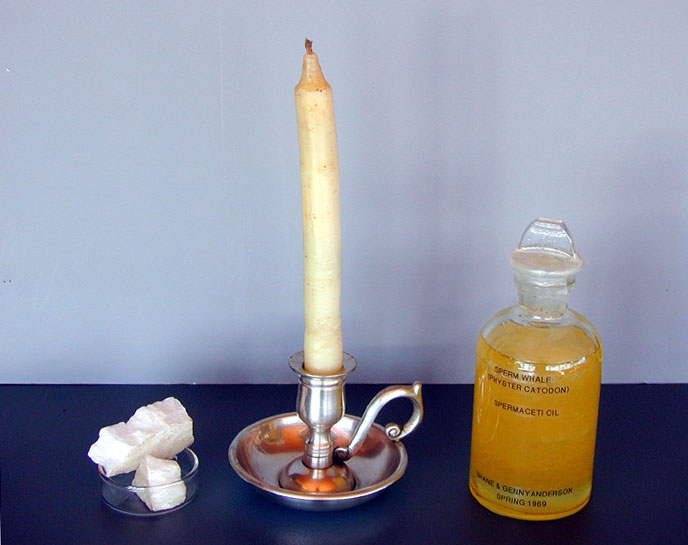Marine Animals: Sperm Whale
Description
The famous novel Moby Dick by Herman Melville recounts the tale of Captain Ahab and his quest for revenge against the great whale that bit off his leg on a previous voyage. The whale in this story is likely based on sightings by whalers of the star of today’s show, the sperm whale.
<figure class="wp-caption aligncenter" style="width: 800px;">
/https://public-media.si-cdn.com/filer/fb/ca/fbca423e-0269-42d8-a25e-7de4b1768728/sperm_whale.jpeg) <figcaption class="wp-caption-text">The fictional whale of Herman Melville’s Moby Dick was likely based on a real white sperm whale, Mocha Dick, that destroyed 20 whaling shapes and managed to elude an additional 80 before finally being killed. Image from: https://www.smithsonianmag.com/smart-news/real-life-whale-inspired-moby-dick-180965282/</figcaption></figure>
<figcaption class="wp-caption-text">The fictional whale of Herman Melville’s Moby Dick was likely based on a real white sperm whale, Mocha Dick, that destroyed 20 whaling shapes and managed to elude an additional 80 before finally being killed. Image from: https://www.smithsonianmag.com/smart-news/real-life-whale-inspired-moby-dick-180965282/</figcaption></figure>The sperm whale, Physeter macrocephalus, is the largest of the toothed whales. Their most distinguishing trait is their enormous, squarish heads that account for around one third of their body length. Their dorsal and pectoral fins are quite small when compared to the size of their bodies, with the dorsal fins often rounded. These whales are dark grey in color, with white patches on their underside. They have between 20 and 26 teeth set in a narrow jaw. Sperm whales can be found globally in deep water, from the equator to high latitude regions.
<figure class="wp-caption aligncenter" style="width: 820px;">
 <figcaption class="wp-caption-text">Waters inhabited by sperm whales. Image from: NOAA, https://www.fisheries.noaa.gov/species/sperm-whale</figcaption></figure>
<figcaption class="wp-caption-text">Waters inhabited by sperm whales. Image from: NOAA, https://www.fisheries.noaa.gov/species/sperm-whale</figcaption></figure>Sperm whales dive to catch their food, commonly achieving depths of 2000 feet where they remain for around 45 minutes. While diving, sperm whales hunt for large animals like squid, sharks, and fish. They return to the surface to breath and rest in between dives, usually for around nine minutes.
Sperm whales were once heavily targeted by whaling ships for ambergris and spermaceti. Ambergris is a waxy grey substance produced in the digestive system of whales to coat hard sharp objects eaten by the whale, such as squid beaks. It was highly valued as a component of perfumes in the past. Spermaceti is produced by the spermaceti organ in the heads of sperm whales, which may contain as much as 1900 liters of spermaceti. This substance was sought for use as a lubricant and in cosmetics. For sperm whales, spermaceti may alter the whale’s buoyancy as it dives, help to focus echoes and clicks in the whale’s echolocation, or cushion the head in some way.
<figure class="wp-caption aligncenter" style="width: 688px;">
 <figcaption class="wp-caption-text">A wax candle made of spermaceti, and a bottle of spermaceti oil. Image from: http://www.marinebio.net/marinescience/06future/whimg/9830.jpg</figcaption></figure>
<figcaption class="wp-caption-text">A wax candle made of spermaceti, and a bottle of spermaceti oil. Image from: http://www.marinebio.net/marinescience/06future/whimg/9830.jpg</figcaption></figure>This has been On the Ocean, a program made possible by the Department of Oceanography and a production of KAMU-FM on the campus of Texas A&M University in College Station. For more information and links, please go to ocean.tamu.edu and click On the Ocean.
Cover image from: NOAA, https://www.fisheries.noaa.gov/species/sperm-whale
Script Authors: Christian Sustaya and Juan Saavedra
Editor: James M. Fiorendino
Contributing Professor: Dr. Lisa Campbell





